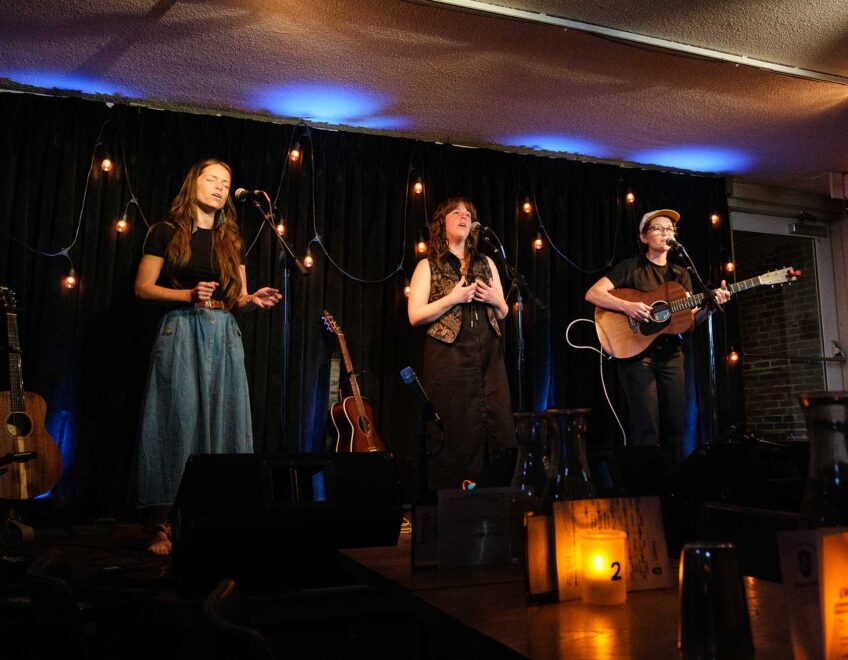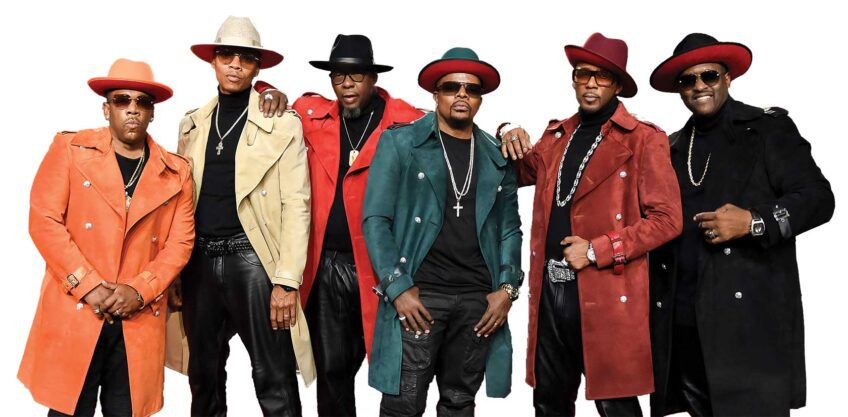In 1996, with the Clinton presidency in its prime, Boston television journalist Janet Langhart Cohen passed the man from Hope a note saying, “You must start a dialogue on race.”
More than a decade later, Langhart Cohen’s play “Anne and Emmett” sparked just such a dialogue following its U.S. premiere reading, held last week at Emerson College.
Originally published in the book “Love in Black and White: A Memoir of Race, Religion, and Romance,” written by Langhart Cohen and her husband, former U.S. Secretary of Defense William S. Cohen, “Anne and Emmett” tells the story of a beyond-the-grave meeting of its two titular characters: Anne Frank, a 13-year-old German Jewish girl who hid from Nazis until she was sent to a concentration camp and died at age 15, and Emmett Till, a 14-year-old African-American from Chicago who was kidnapped, beaten and murdered on a trip to Mississippi in 1955.
In the play, Frank and Till find many similarities in the slights that are part of their heritage. Both come from ethnic groups that suffered through slavery — the Jews, as told in the Bible, as the laborers of Egyptians, and blacks for hundreds of years in the United States. Both have been forced to live in ghettos — blacks in 20th century urban America, and Jews dating back past the Nazi occupation to the first ghetto, instituted in 1516 in Venice. Pre-1950s caricatures of Jews bearing horns and blacks having tails suggest a devilish or animalistic view of both minority groups, depictions of them as evil and worthy of hate.
“This is not only about race, it’s about hatred,” Langhart Cohen said in a discussion held after the reading.
As they talk, Frank and Till soon conclude that the reason for hatred is actually fear — others seemed to fear the success of blacks and Jews in areas such as law, music and physical and mental strength.
Photographs of an impressive roll call of the famous African American and Jewish successes in all of those fields are projected on a screen behind the actors: Albert Einstein, Woody Allen, Elie Wiesel, Sojourner Truth, Malcolm X, Maya Angelou and others. Despite the significant contributions of these successful minorities, Frank and Till still suffered their respective atrocities.
But Langhart Cohen suggests that some good did come of their losses — the play argues that Till’s death sparked Rosa Parks to stand up for blacks by sitting down, keying the start of the civil rights movement. Parks was famously quoted as saying, “I thought of Emmett Till, and when the bus driver ordered me to move to the back and I just couldn’t move.” That said, it is important to note that the civil rights movement had long been building, also invigorated by earlier events like the 1944 interstate bus segregation defiance by Irene Morgan, the 1946 Supreme Court ruling in her favor and early freedom rides in 1947.
But Till’s death was indeed tragic, as was Frank’s. Mamie Till and Otto Frank, their parents, sought to make sure of this, bringing their children’s stories to the world, ensuring that they did not die in vain. The elder Frank published his daughter’s diary of life in hiding from the Nazis, and the elder Till made sure a photo of her son’s mutilated body, taken at his open casket funeral, appeared initially in Jet magazine and later in other newspapers and magazines around the world. Through their parents’ actions, Anne and Emmett became martyrs.
At the discussion after the reading, Langhart Cohen said she wrote “Anne and Emmett” intending to reduce tensions between blacks and Jews and bring them together, much like when they were allies during the civil rights movement, an alliance many seem to have forgotten today. Langhart Cohen says she has always felt connected to her two protagonists, that they were her peers — she was the same age as Till when he was murdered, and was 15 when she read the diary of 15-year-old Frank.
Her husband Cohen, in attendance at the reading and discussion, was also “my muse,” she said, partially because, being half-Jewish, “he has a history of being discriminated against.”
Langhart Cohen approached “Anne and Emmett” as an opportunity to “open the conversation of race through theater,” according to Emerson theater professor Robbie McCauley, director of the production.
The cast, featuring eloquent Emerson sophomore Krista Buccellato as Frank and versatile Boston Arts Academy junior Elyas Harris as Till, took time out of rehearsals to discuss the play and its meaning. The discussions were not only an educational experience for the students, but helped both them and McCauley figure out “how to give voice to the subject matter,” she said.
McCauley said she thinks that since the civil rights movement, there has been a “cultural transformation” of African American people and the way they think about themselves. For the most part, they believe that they are capable of having the same status that whites have had for generations.
The question she raised was, “How does the white transformation” occur? The answer proposed in “Anne and Emmett” is, through education and tolerance.
Anyone can see the value in other cultures, as Frank and Till grew to understand each others’ traditions. Langhart Cohen stressed the importance of “remembering our collected histories.” As anti-Semitic sentiments become more prominent around the world, as some people still deny that the Holocaust happened and as racist groups such as skinheads continue to spread their message, one has to learn from the problems of the past — those that people struggled through, and eventually solved.
In her poem “Daughter,” Nicole Blackman said it best: “Never forget what they did to you, and never let them know you remember.” We do need to remember, but rather than holding grudges, we should honor those who suffered along the way, and those who got us to where we are today.






